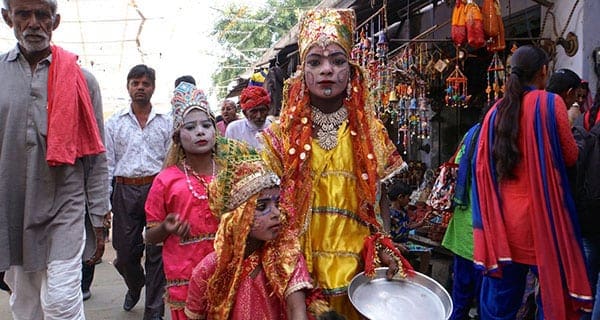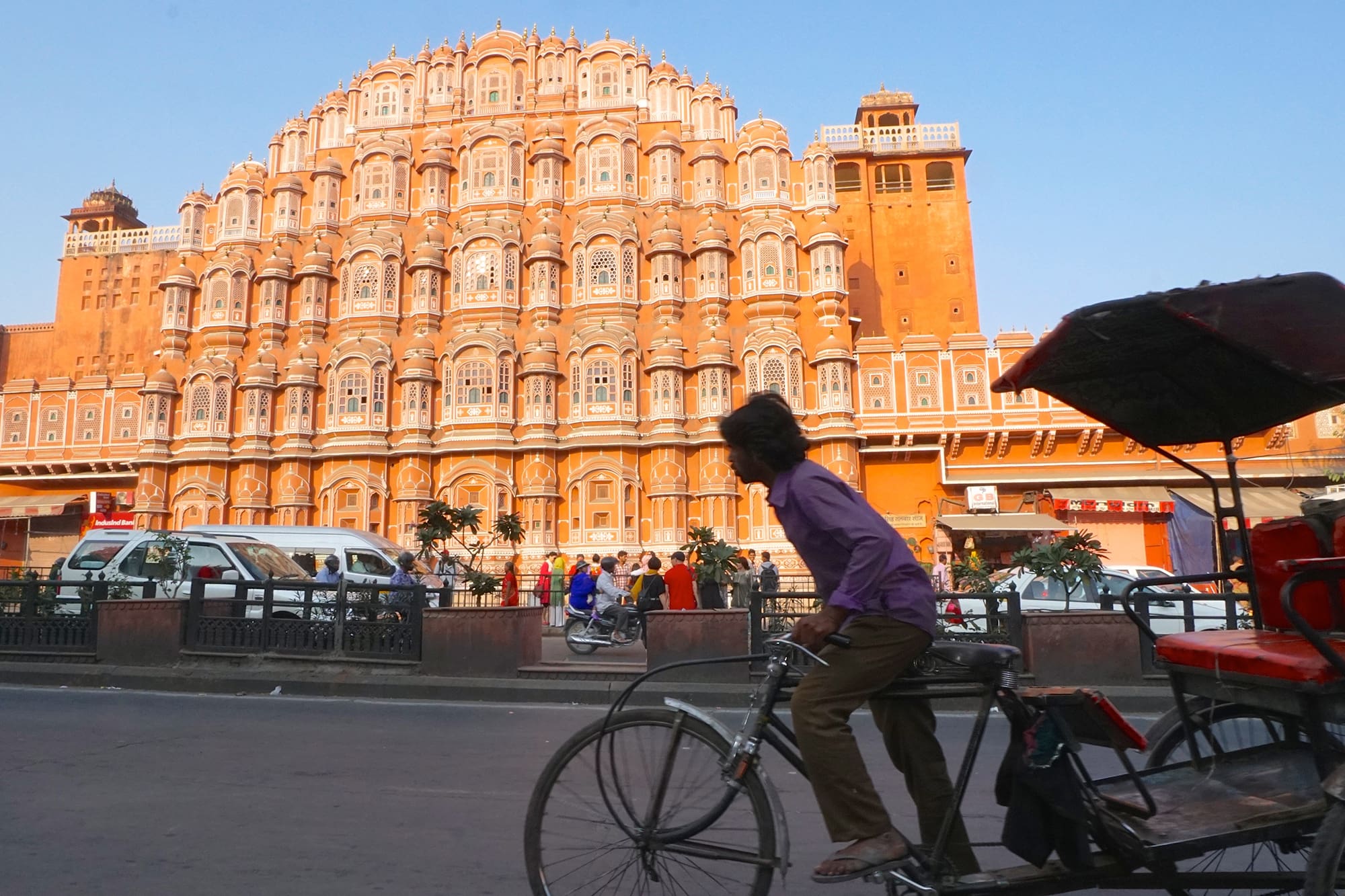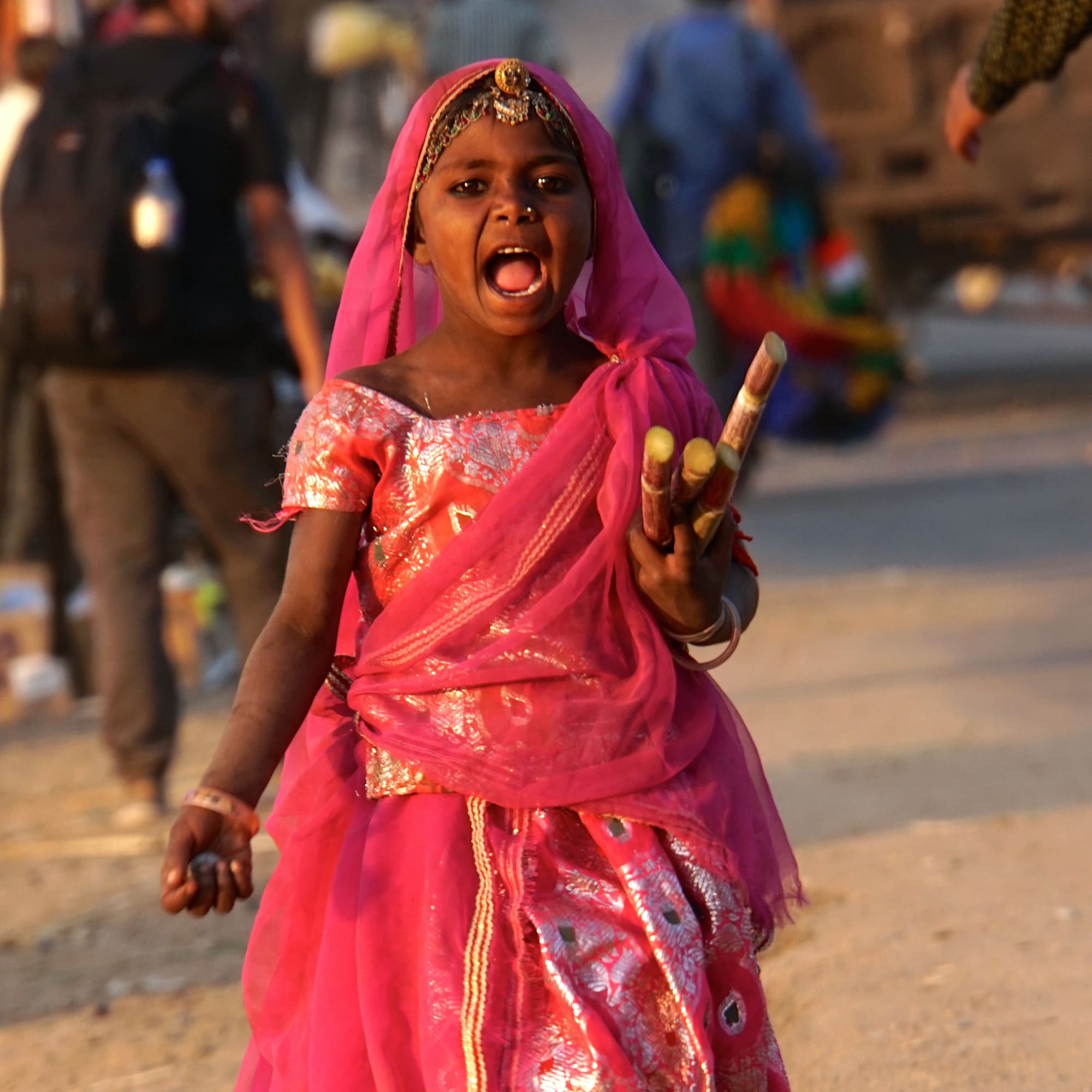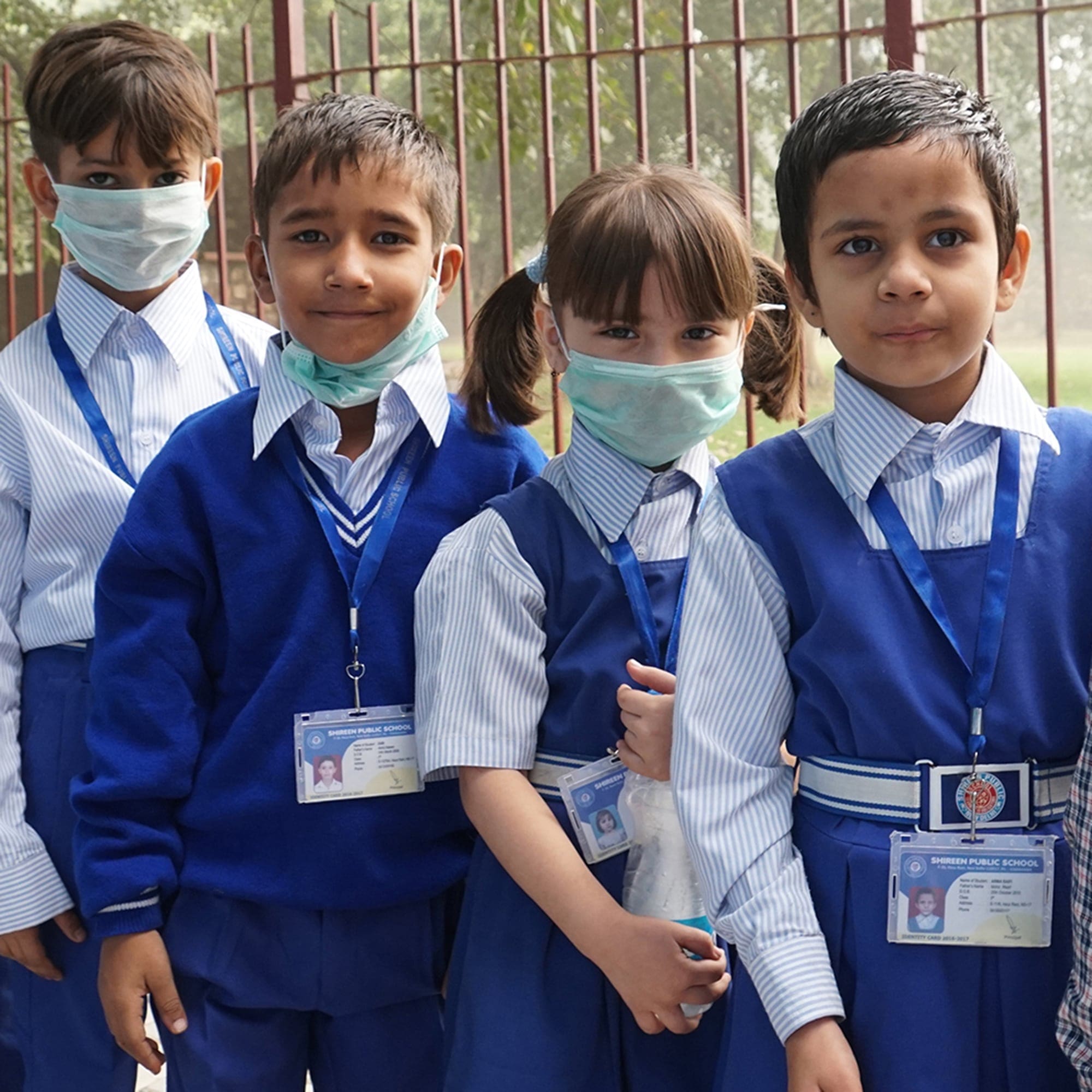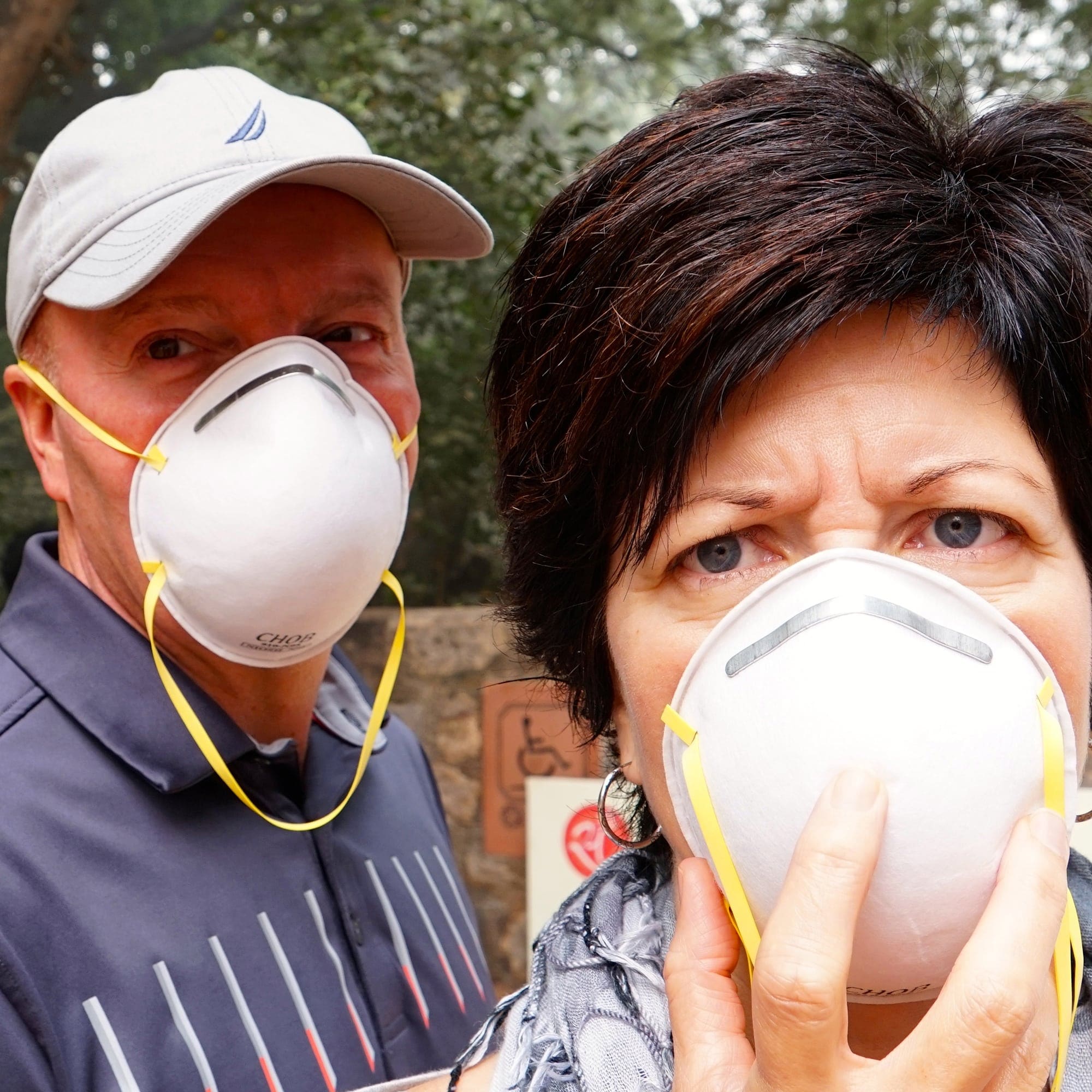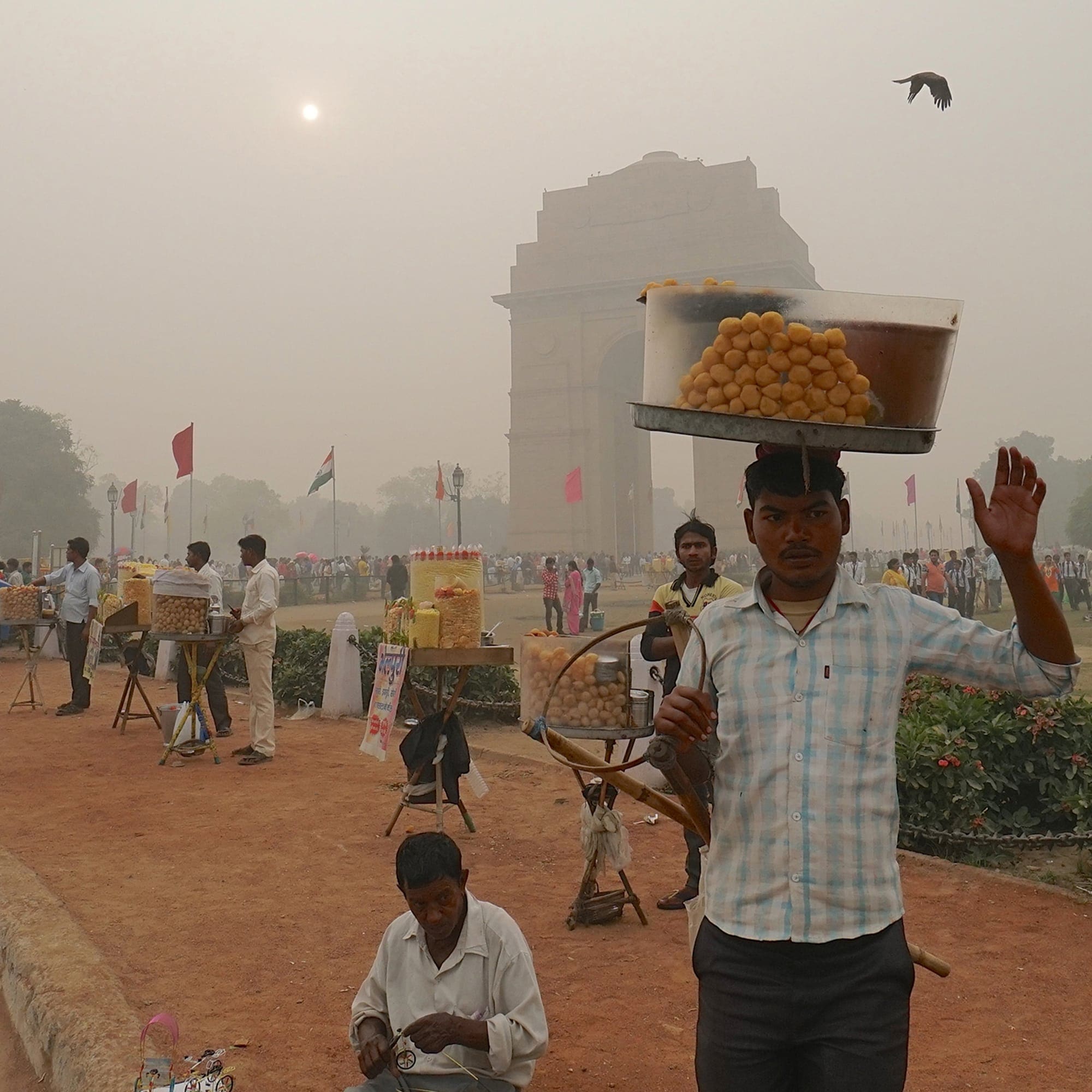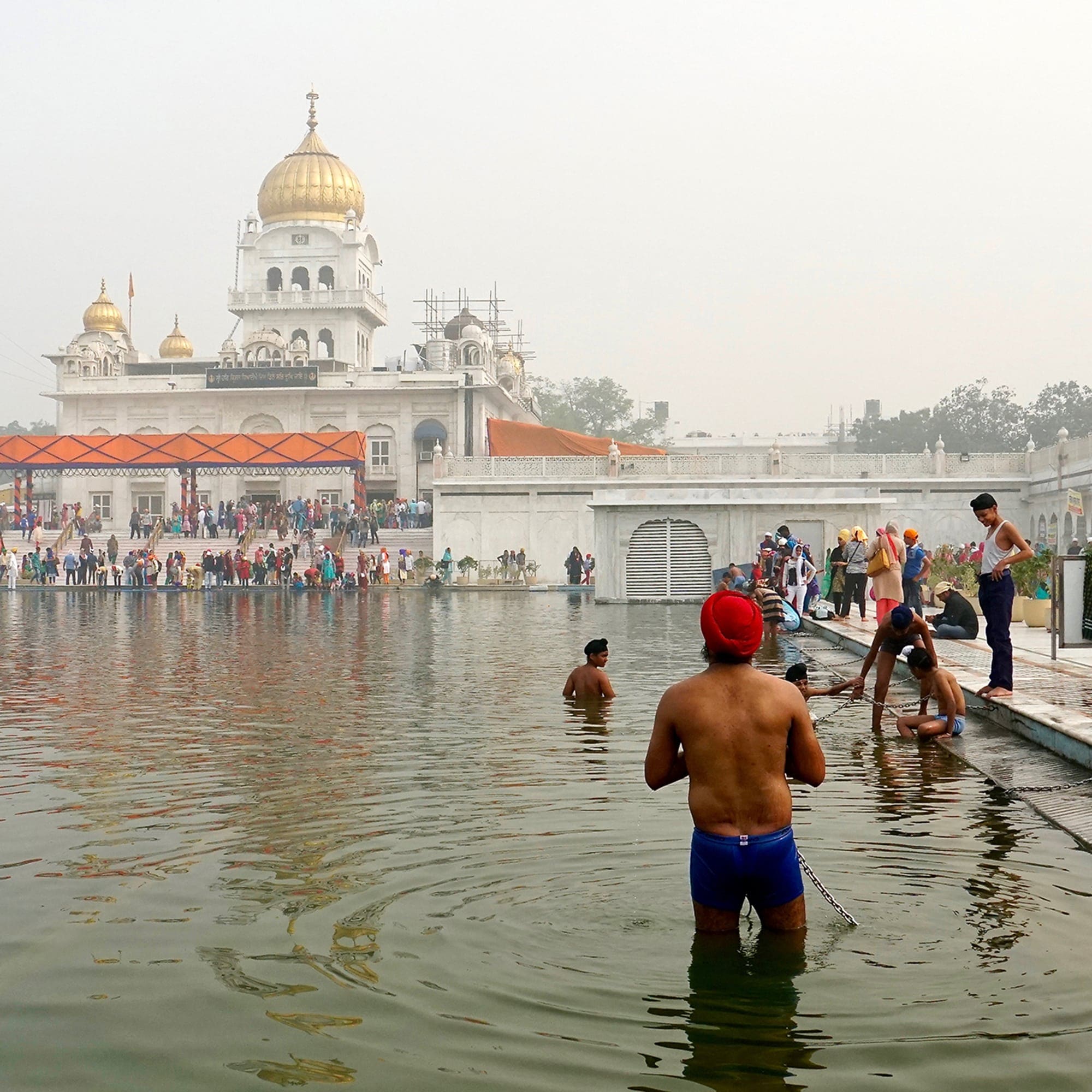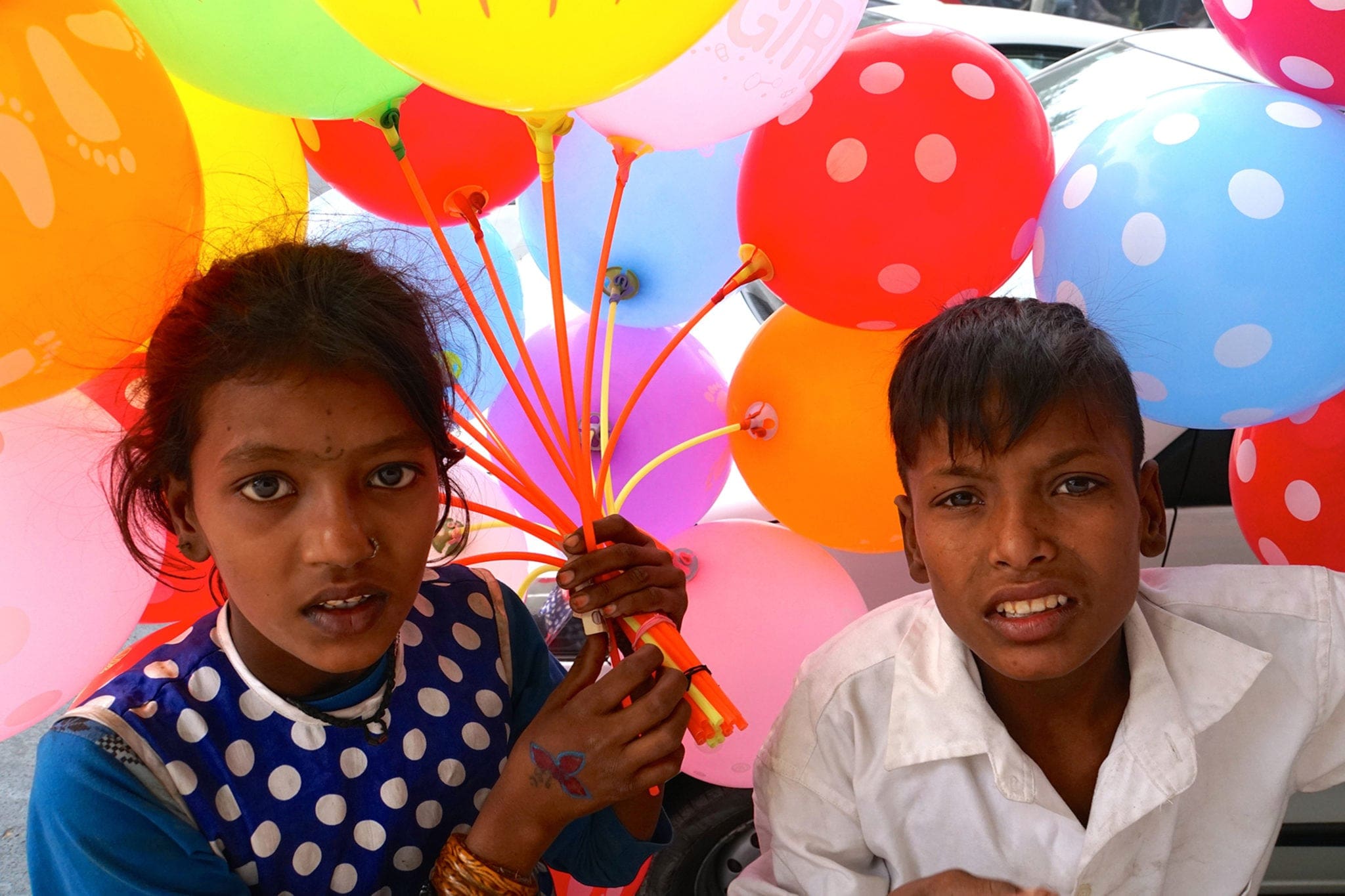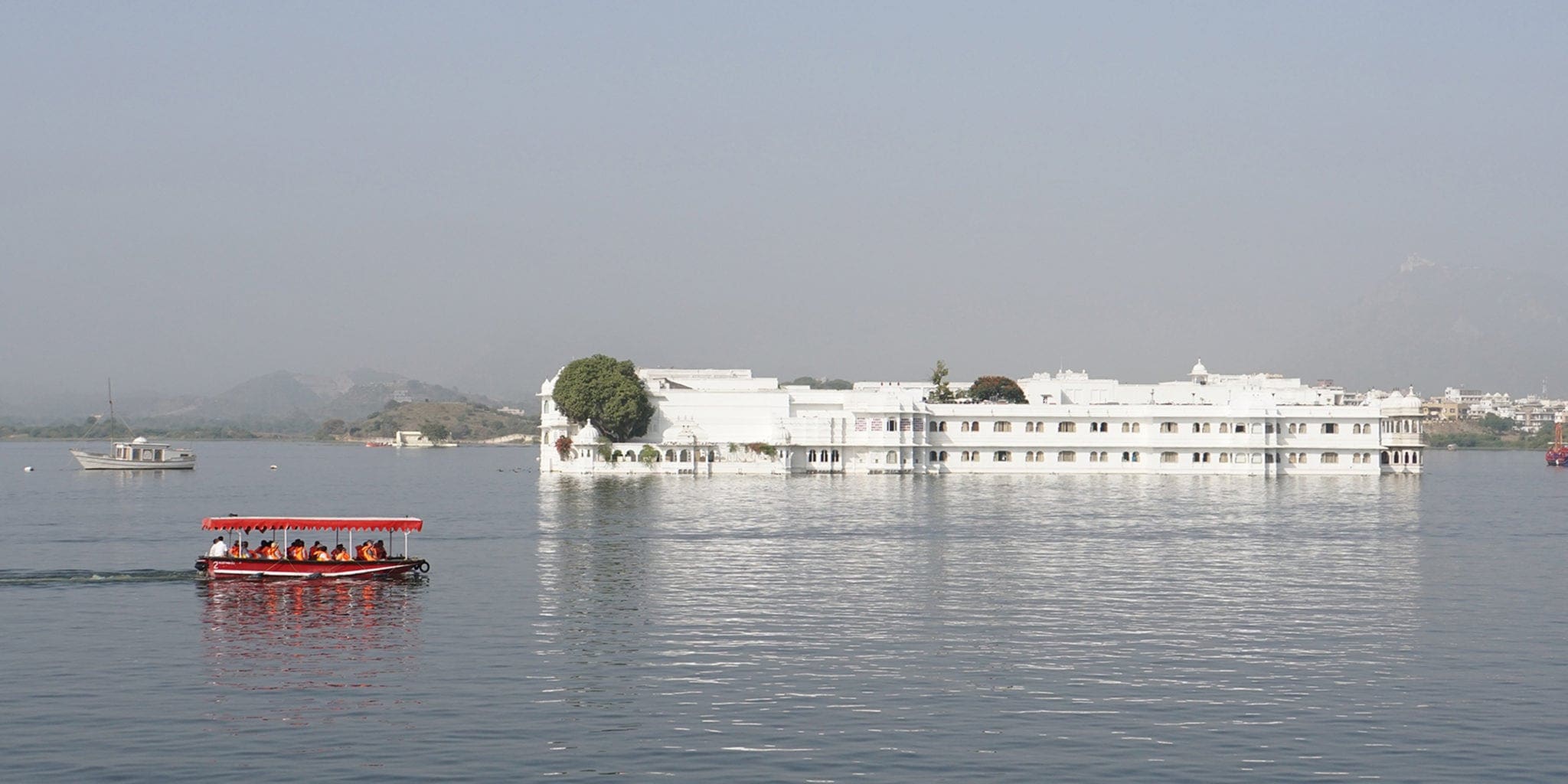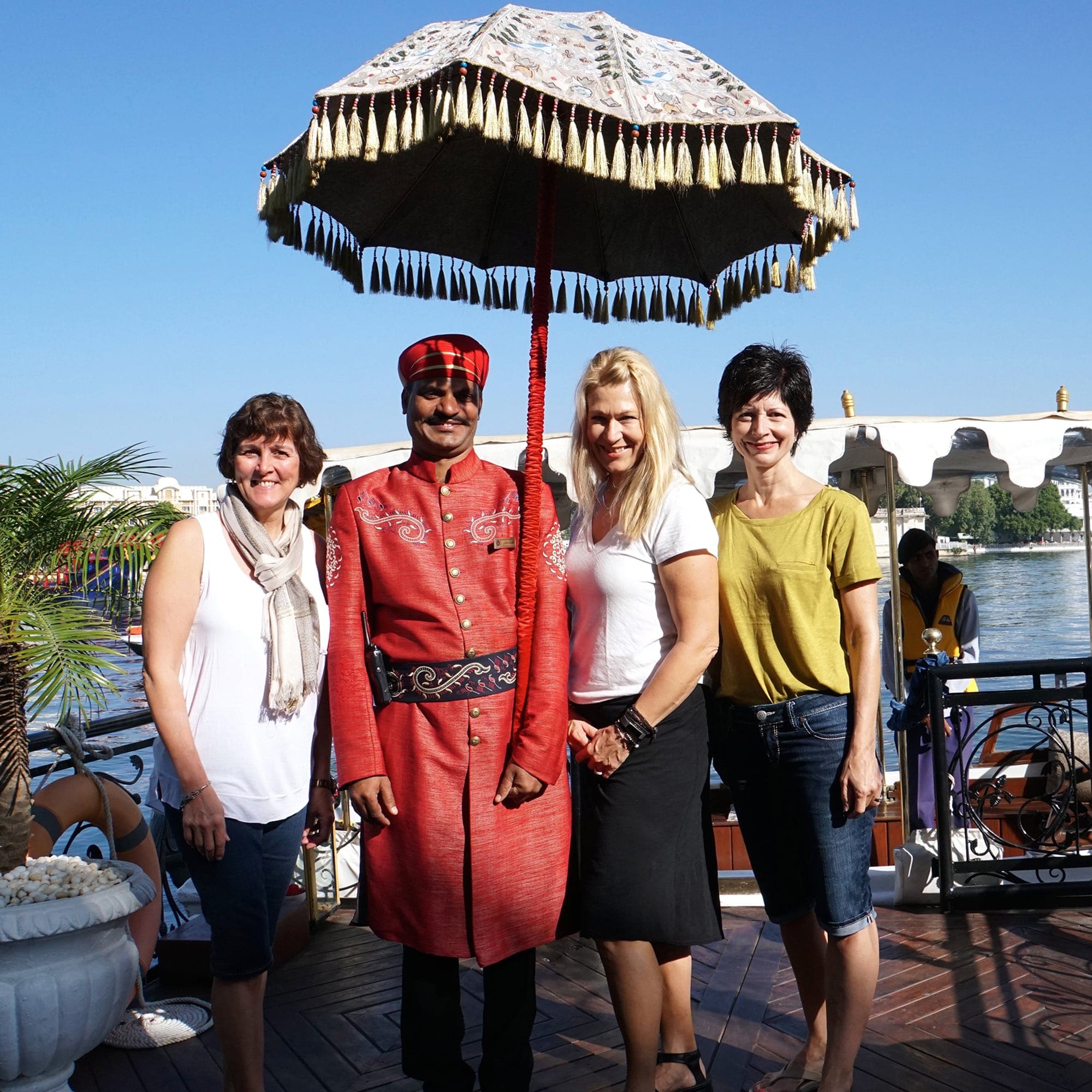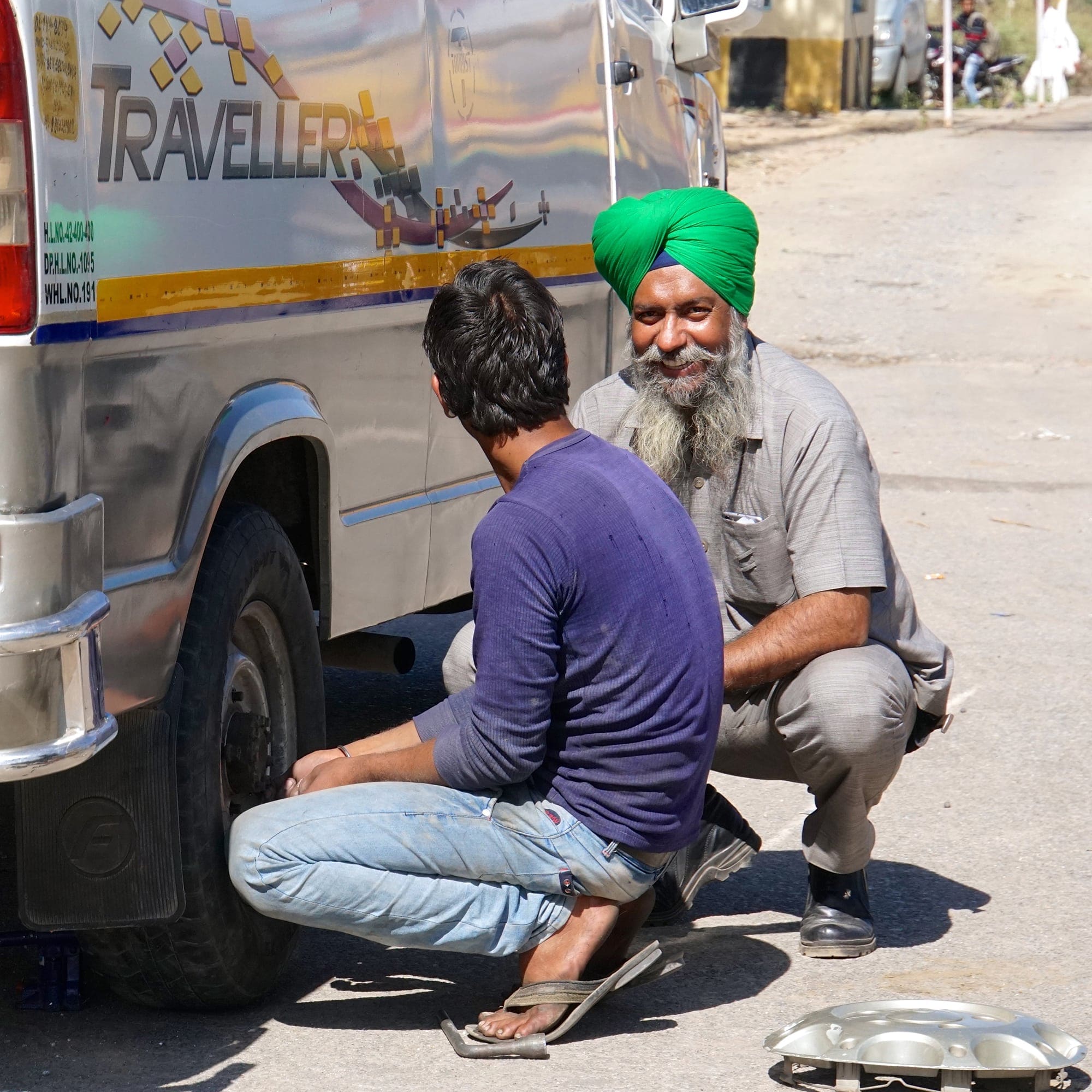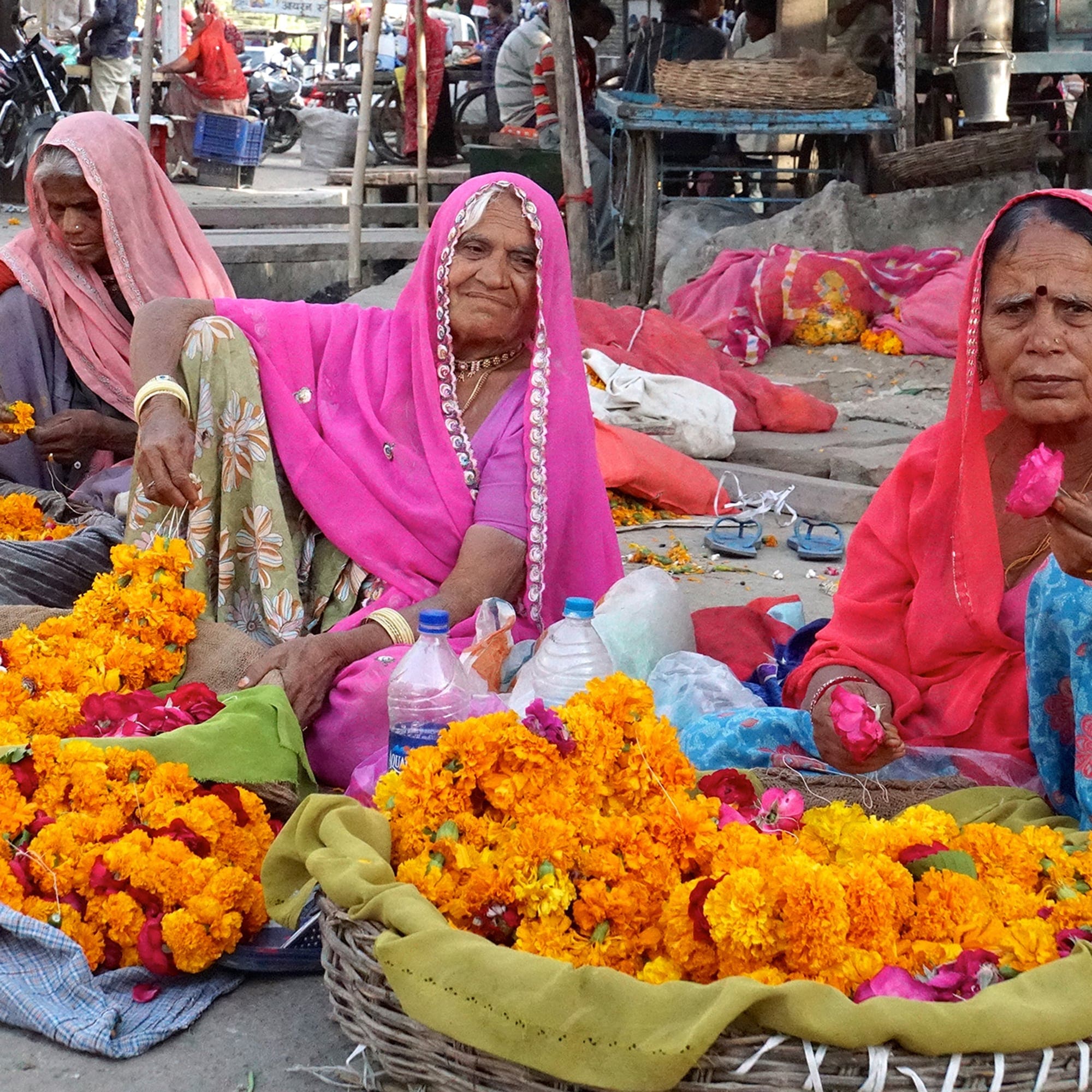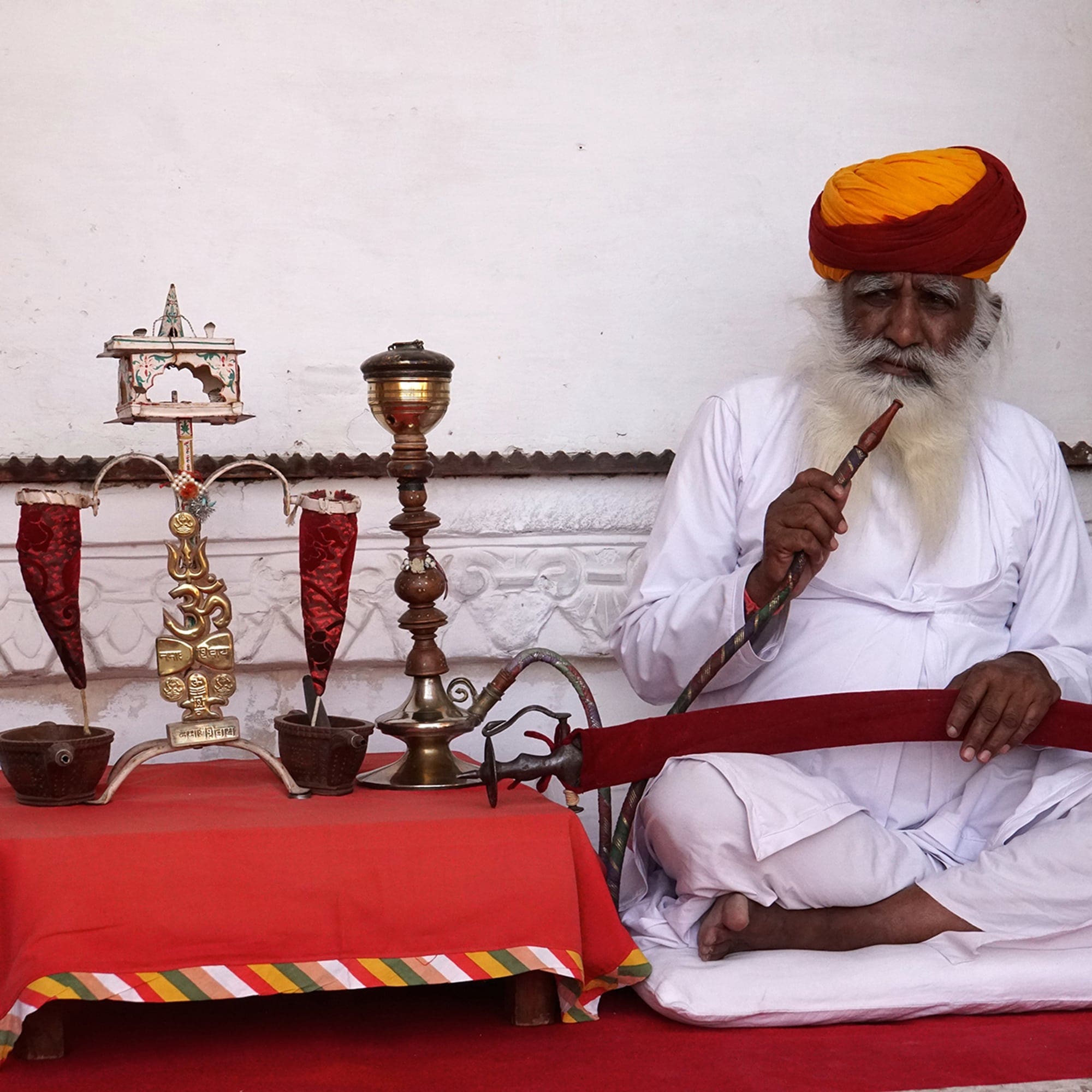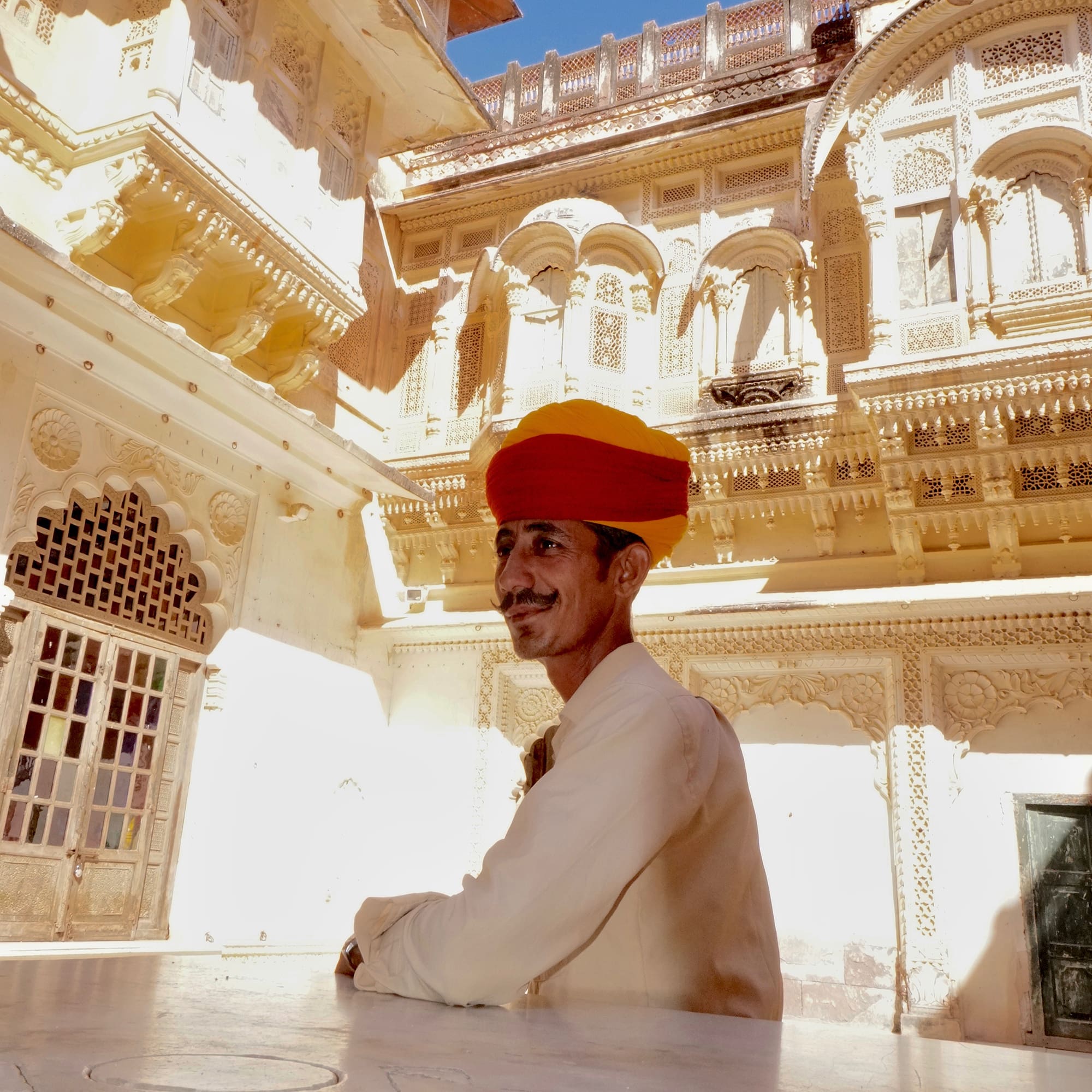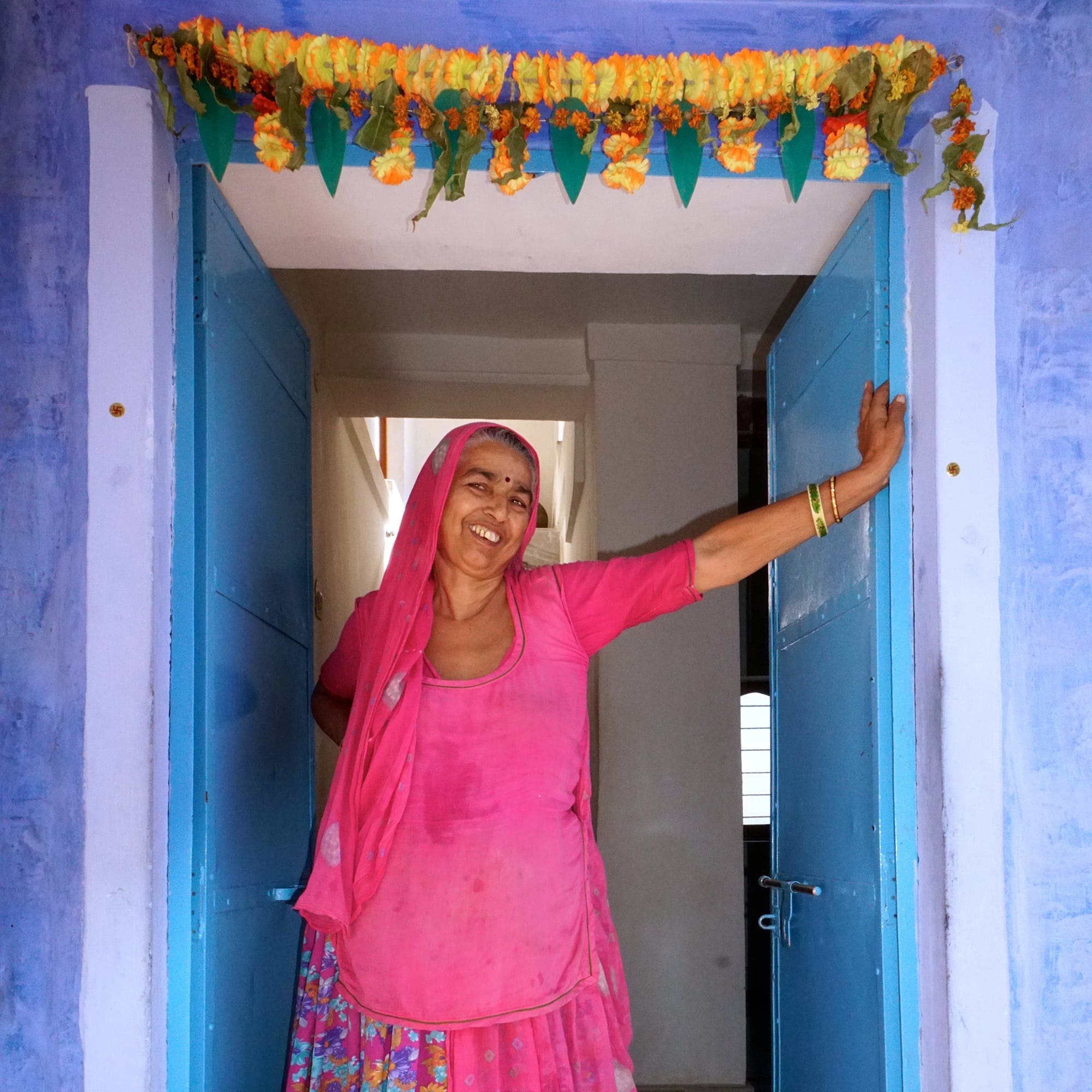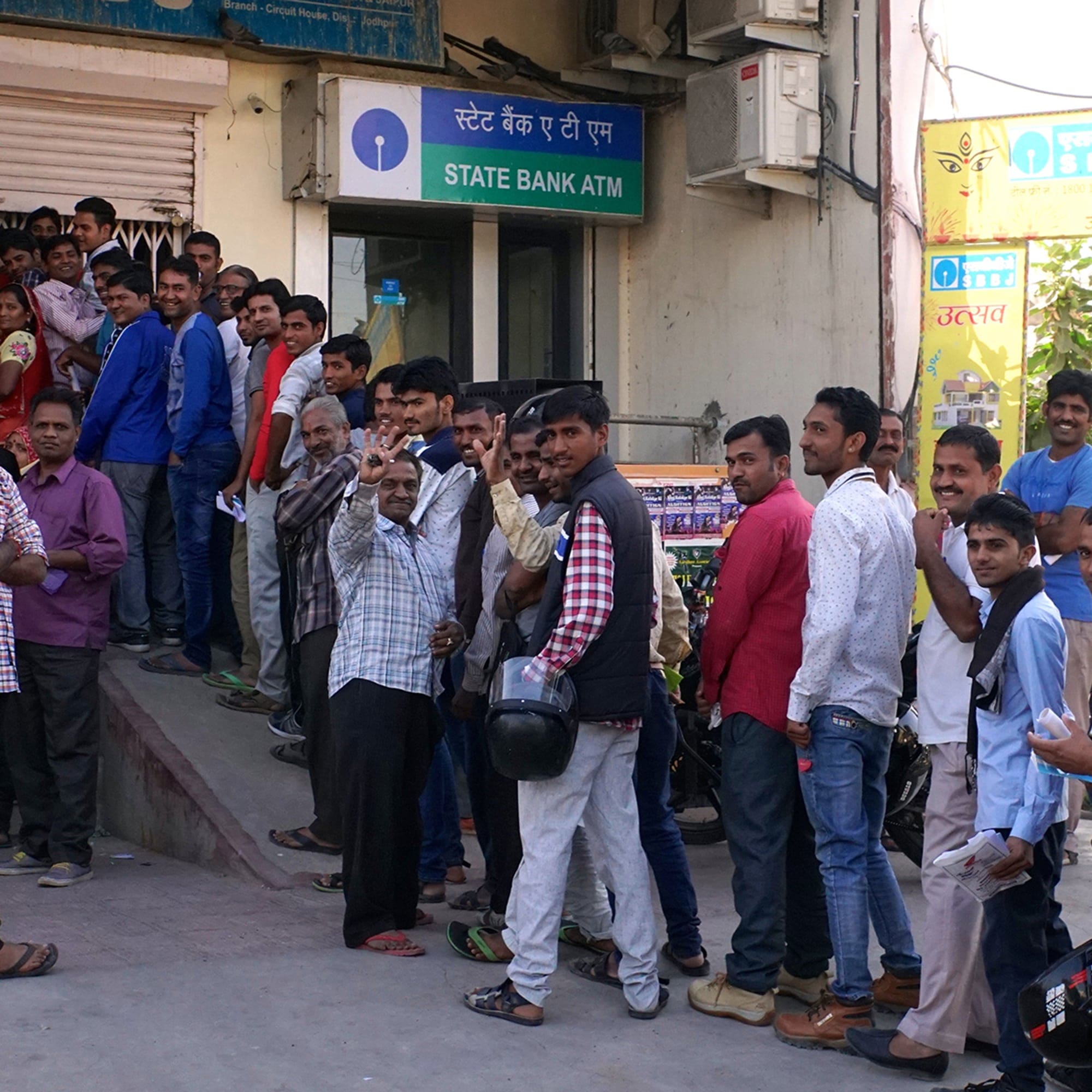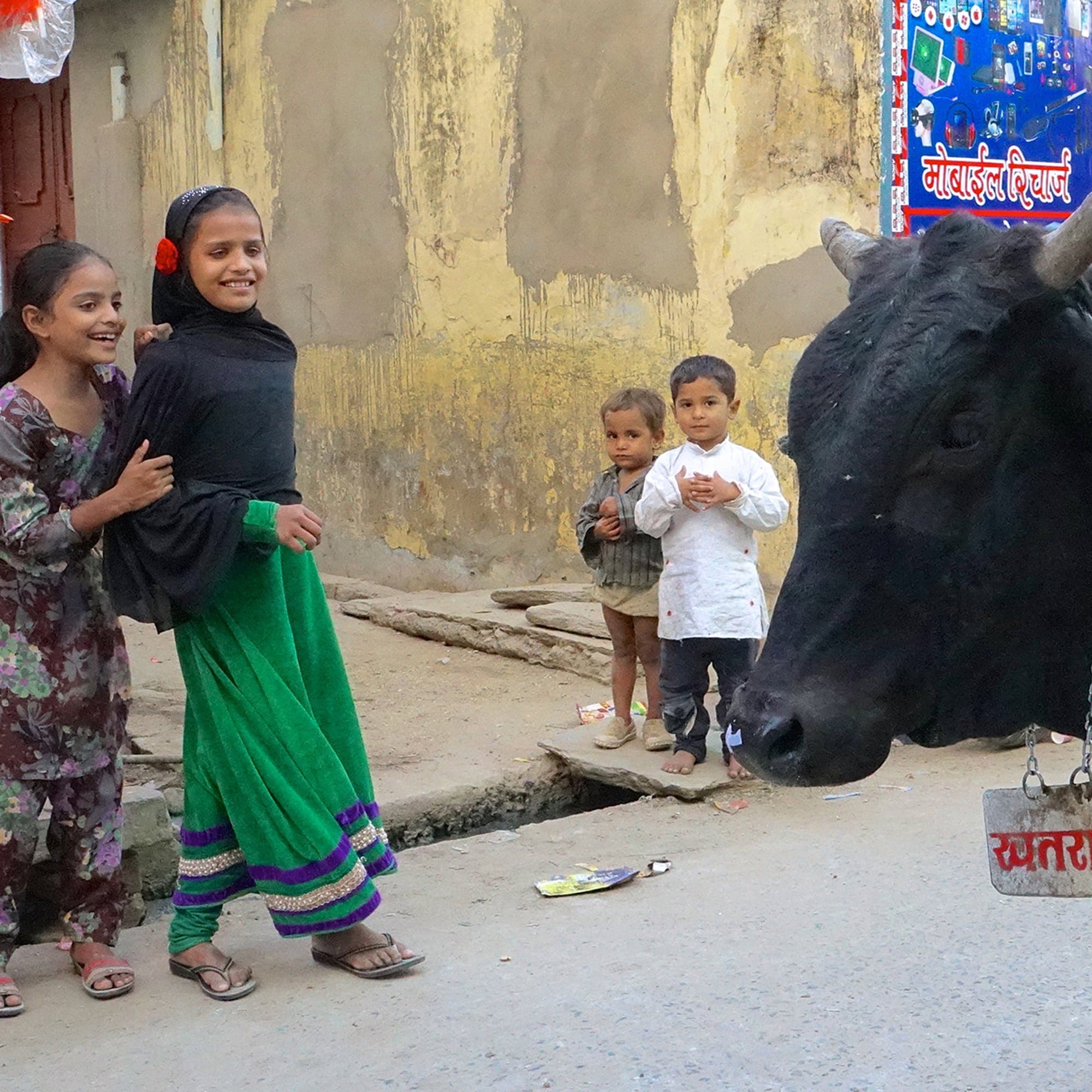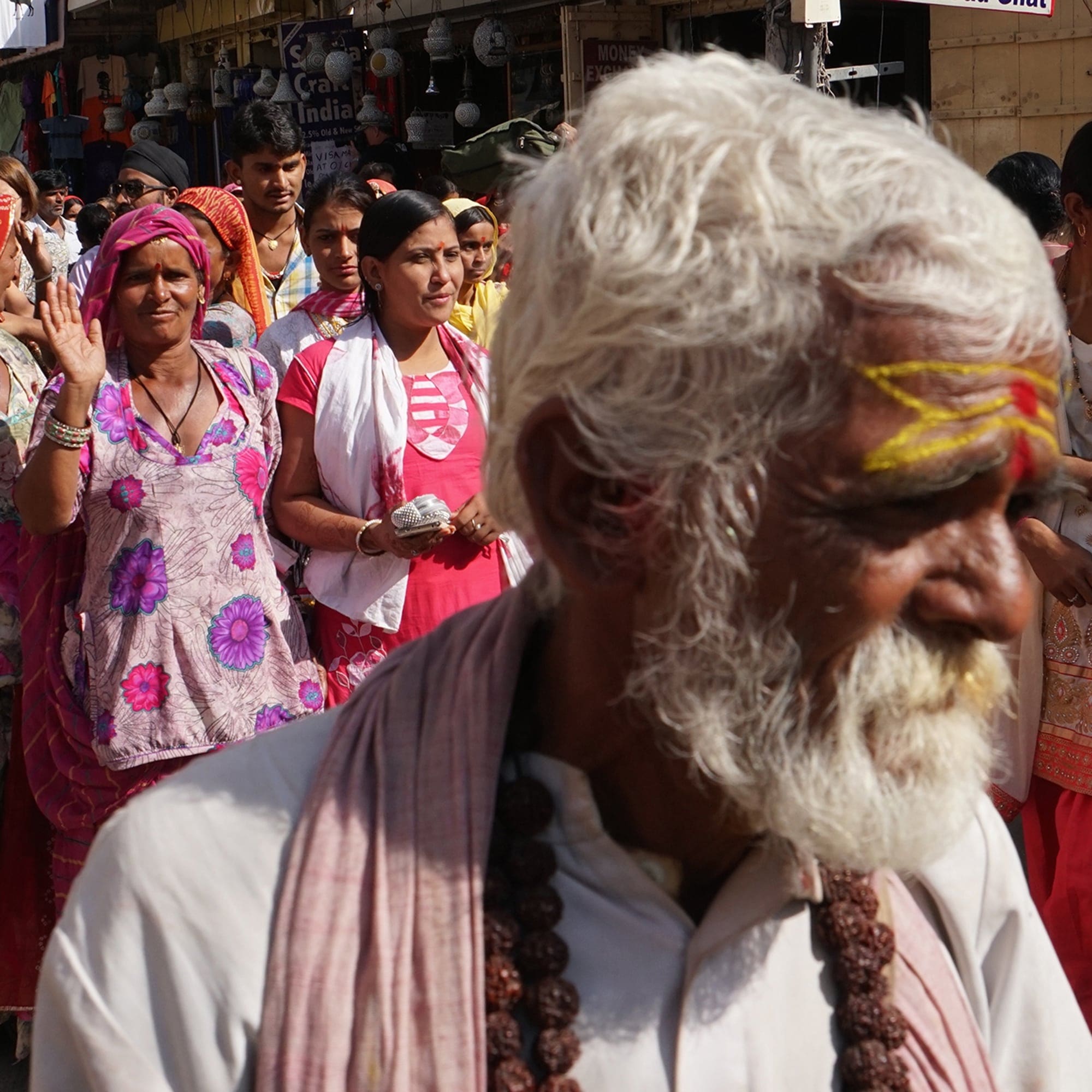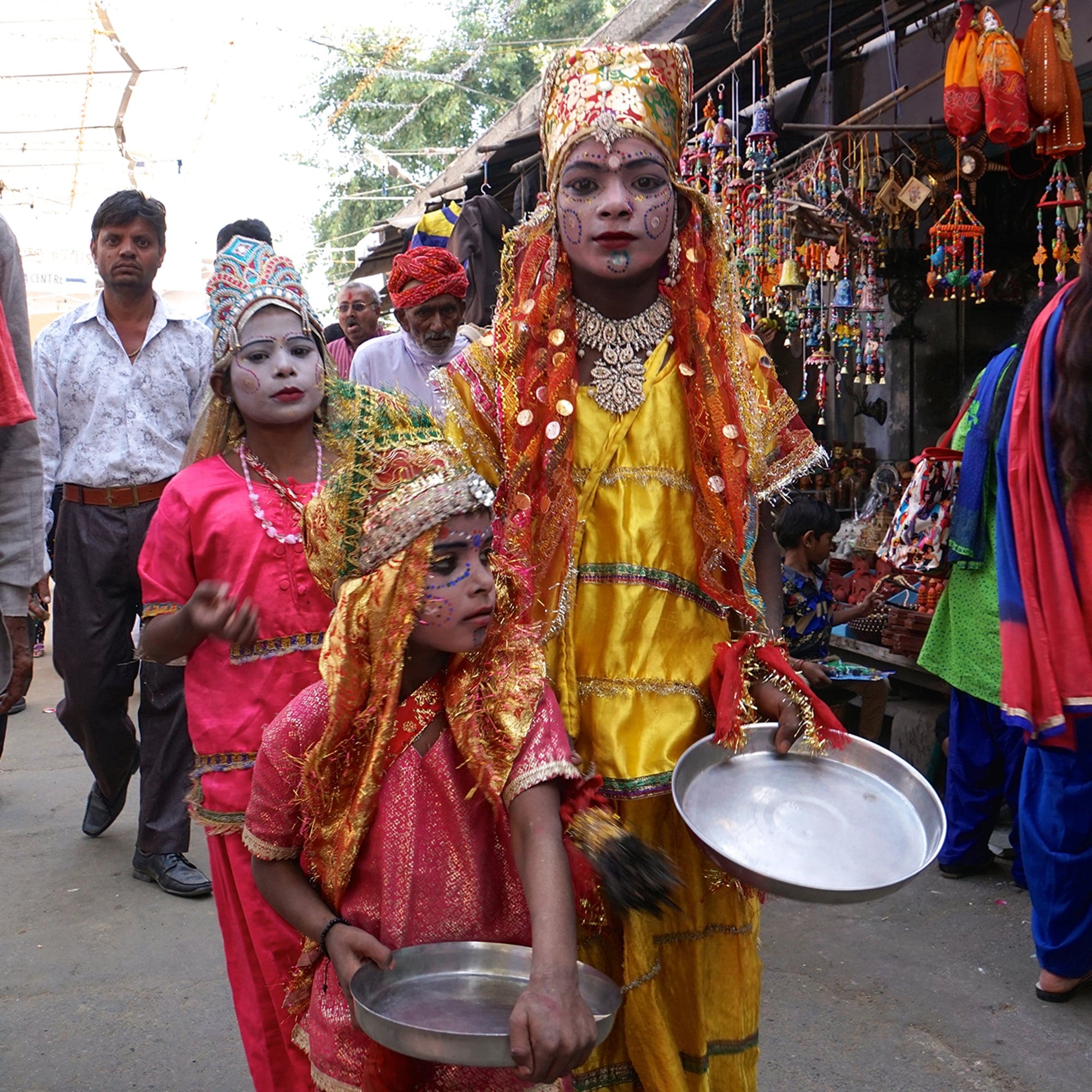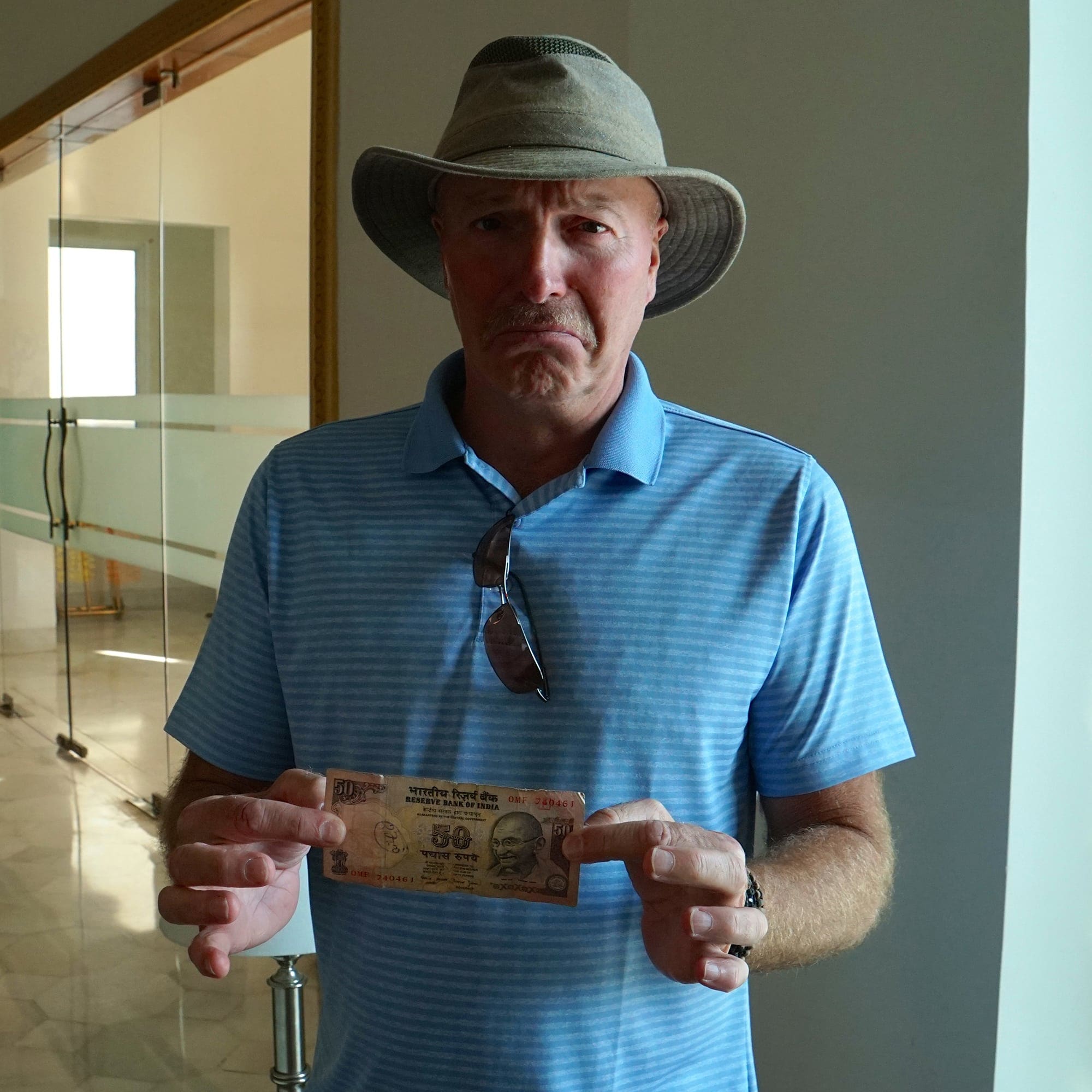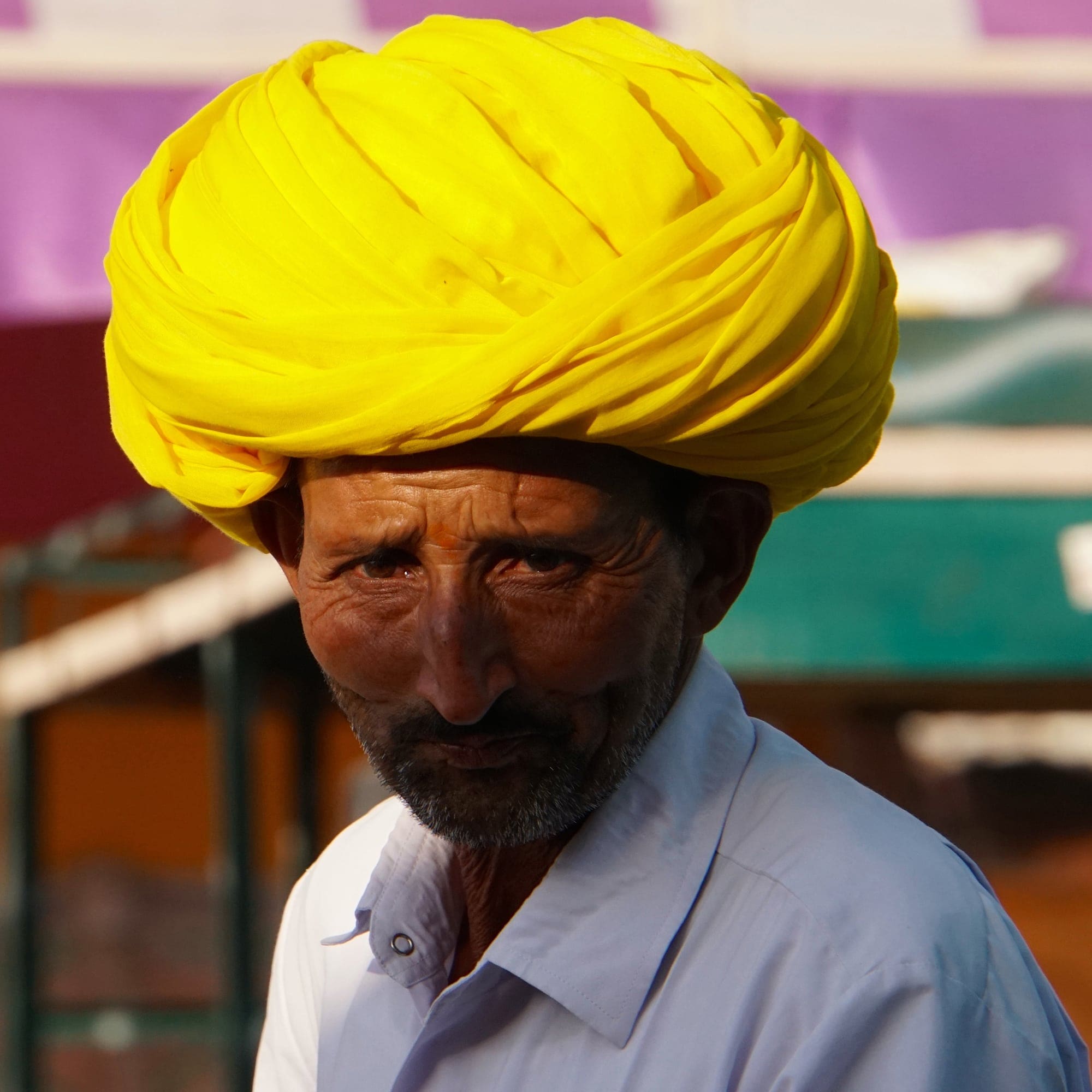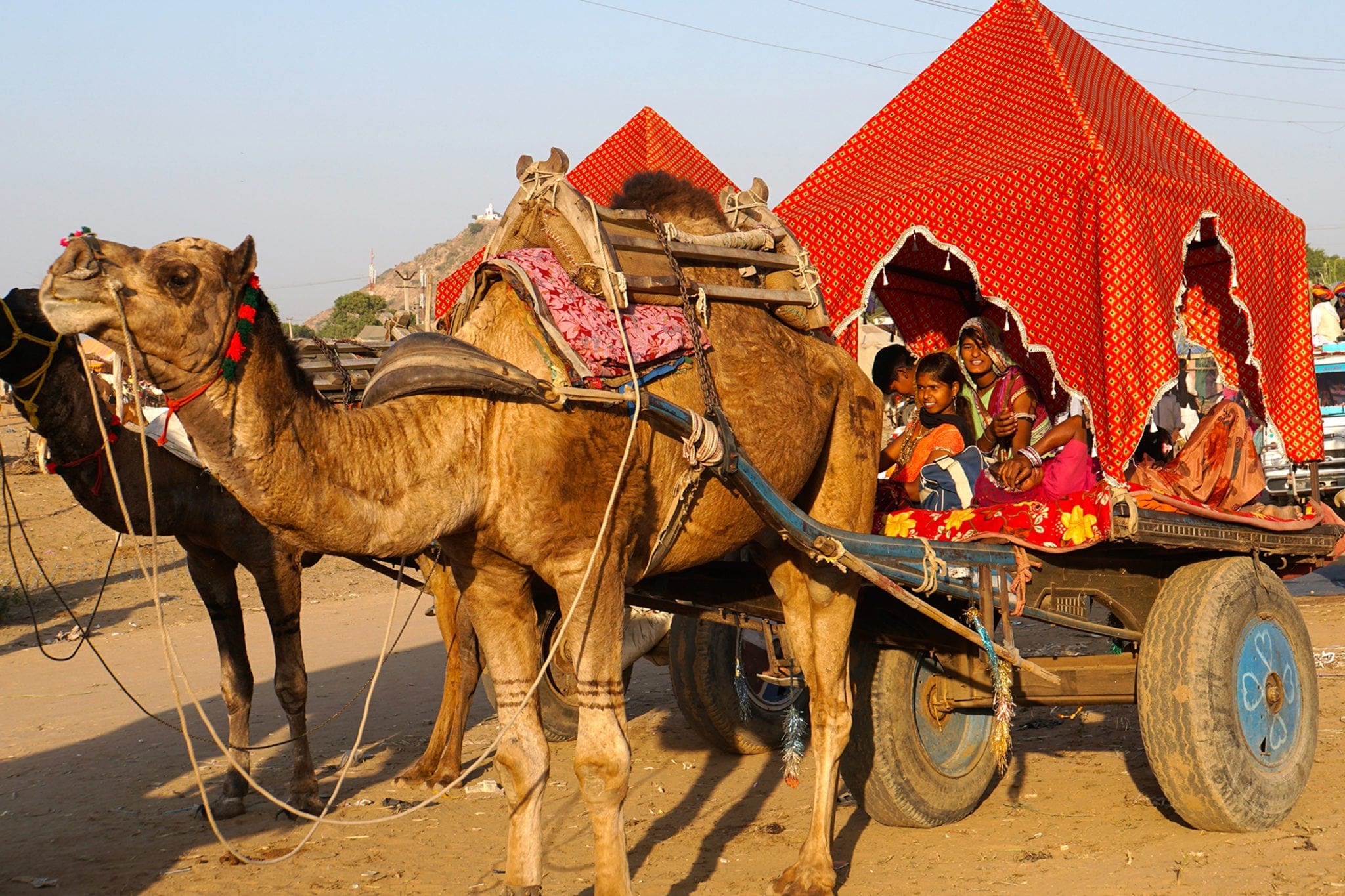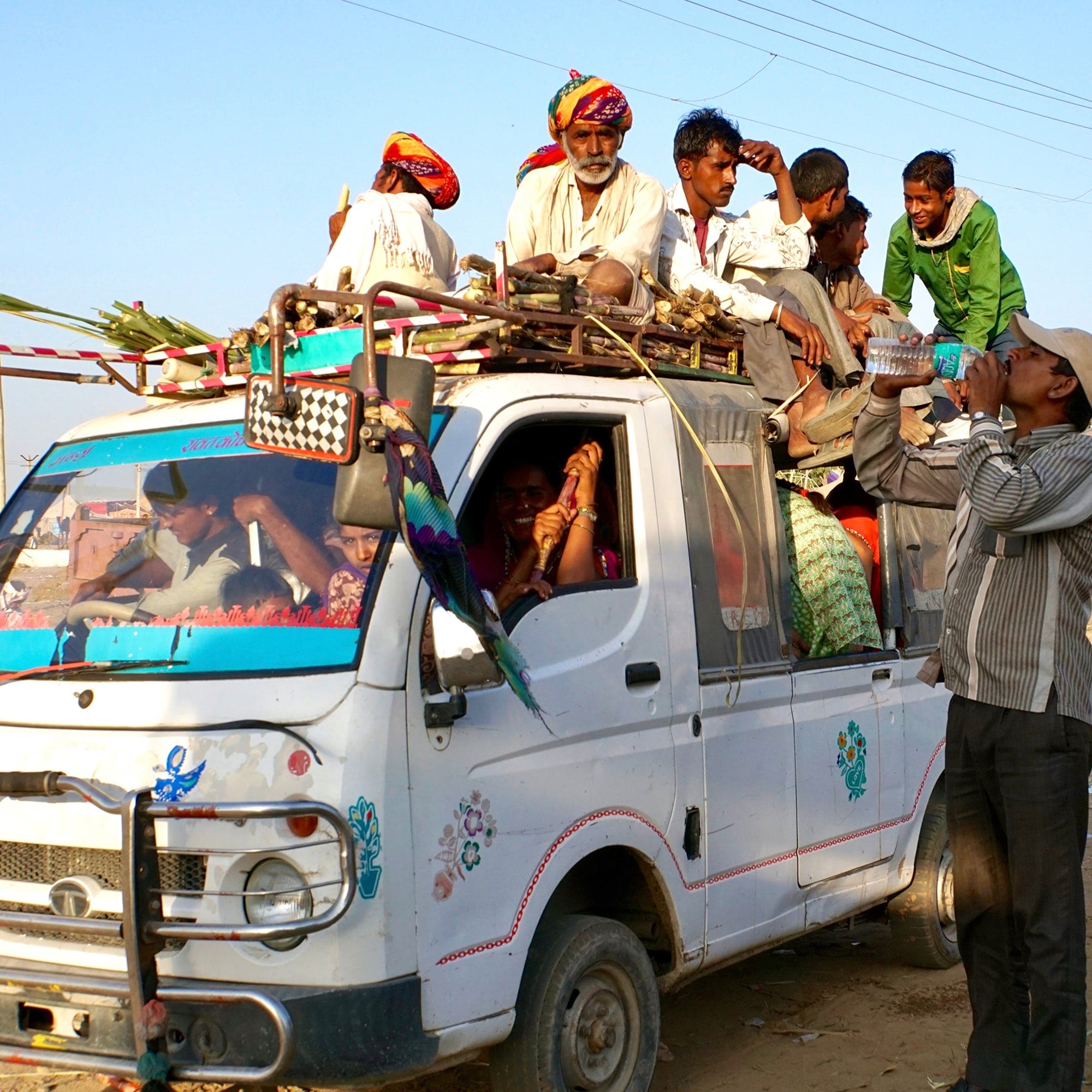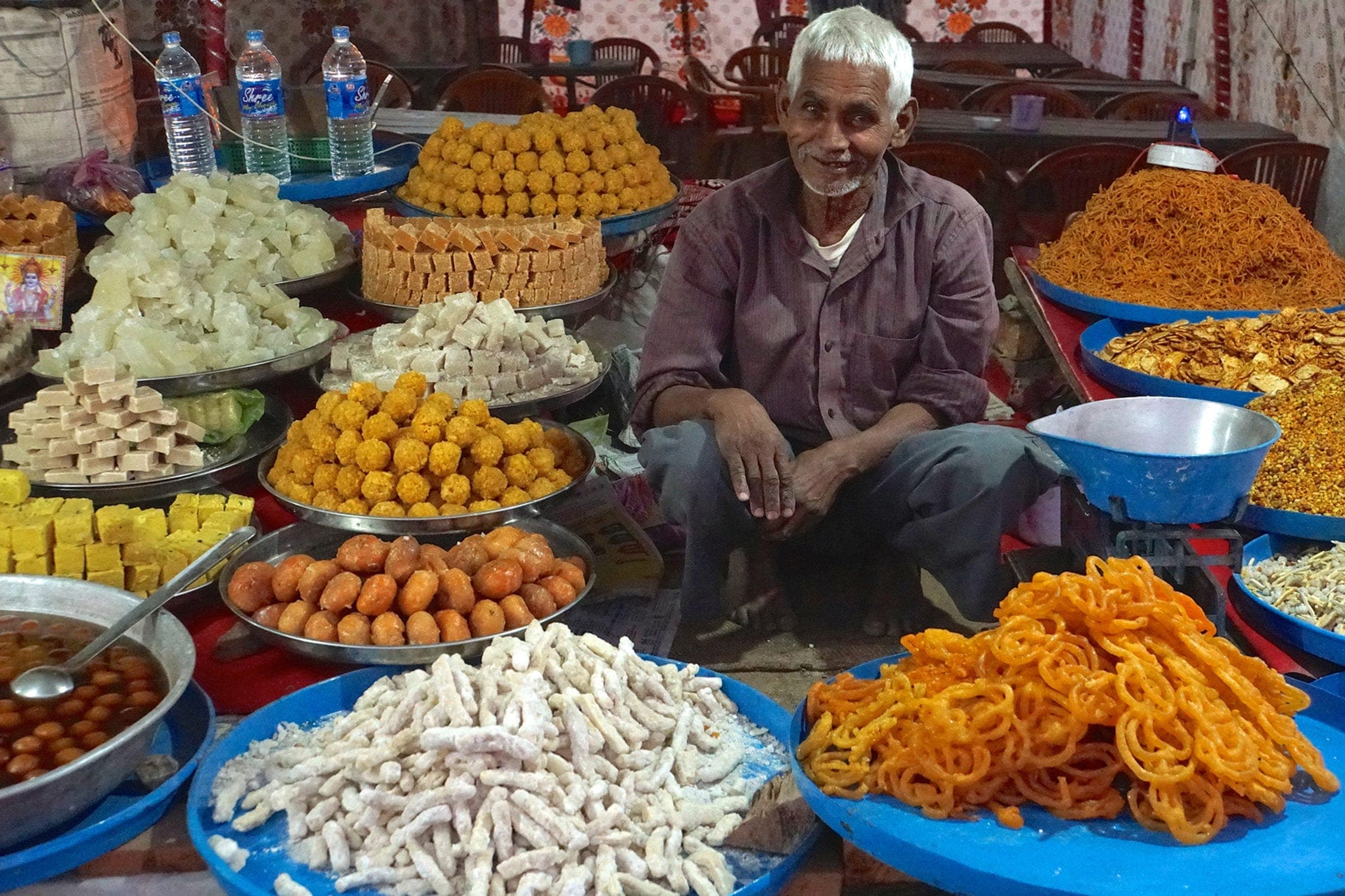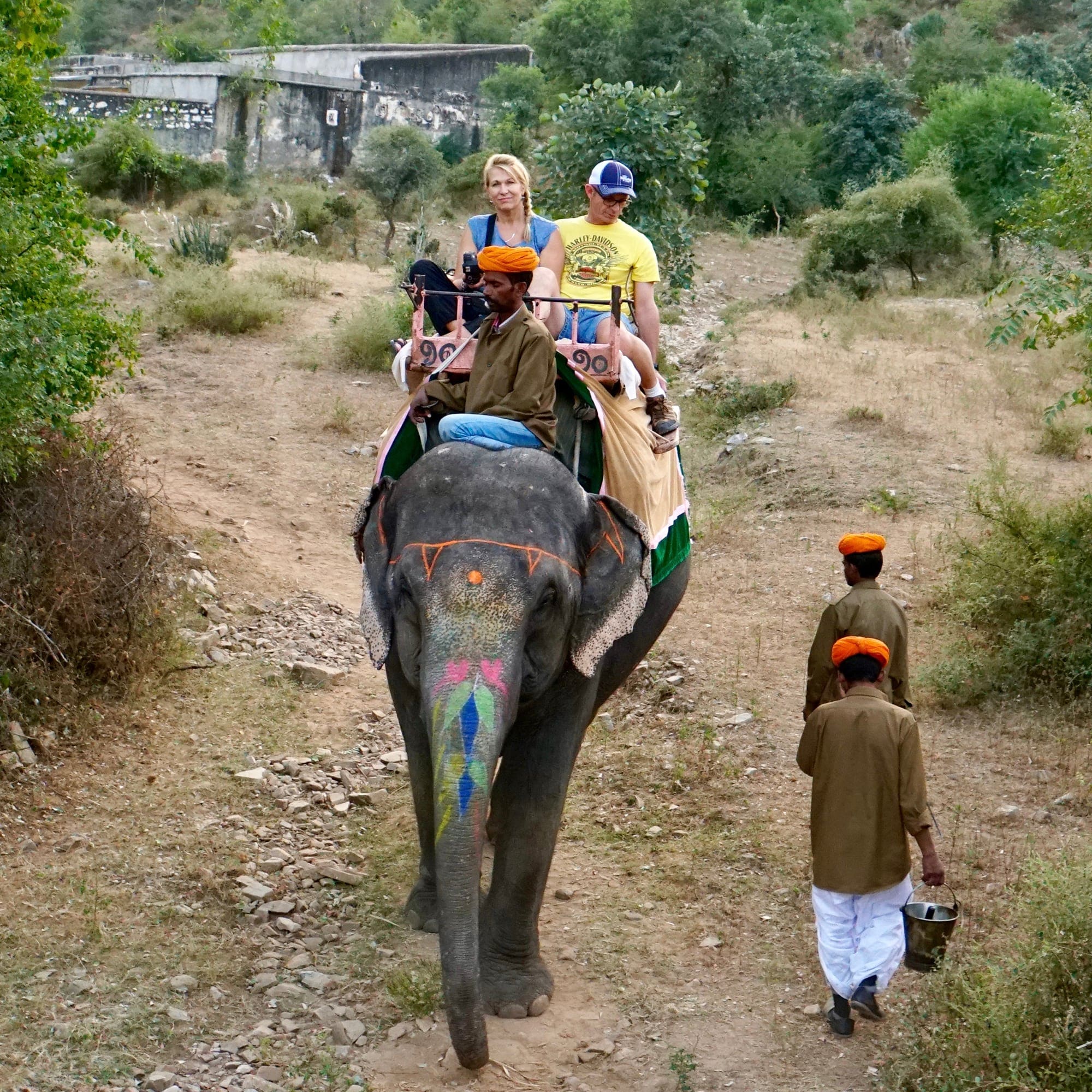 This is the first in a four-part series on India.
This is the first in a four-part series on India.
“India. Are you nuts?” an incredulous friend remarked. “Why would you want to go there? It’s dirty, crowded, smelly and full of stray cows.”
So I was anxious as I stared out the window of the 787 Dreamliner on descent into New Delhi after a 14-hour flight from Vancouver. But Delhi was nowhere to be seen. The worst smog in the country’s history had enveloped India’s capital. Visibility was near zero.
The late-night ride to the hotel was a dystopian dream. With the 12-hour time change, we were in a trance-like state. The streets were eerily quiet. An acrid smell hung in the air. As we drove through dense smog, the moon made a futile effort to silhouette India Gate, Parliament House and the prime minister’s residence.
“What’s happening?” we asked the clerk at check-in.
“Diwali,“ he smiled.
Diwali is an ancient Hindu festival that pays tribute to the victory of light over dark, good over evil – and a highlight of the annual celebration is the setting off of fireworks. When Delhi’s 22 million inhabitants simultaneously ignite firecrackers and other pyrotechnics, the subtropical air becomes thick with the stagnant refuse of gunpowder. Add to this the exhaust of nine million vehicles, smoke from burned stubble fields in nearby Punjab, plus a temperature inversion and you have unimaginable, eye-searing air pollution.
Schools were closed. Construction was halted. Roads were sprayed to keep dust down. Farmers were threatened with fines for illegally burning rice stubble; all to no avail. The particulate index climbed, from just over 600 when we arrived to 964 three days later. This level is 15 times the “safe” limit in India – and 60 times what would be considered hazardous in Canada.
Then the currency crisis hit. In an effort to weed out “black money” – cash hoarded through corruption and counterfeiting – Prime Minister Narendra Modi announced the demonetization of all 500 and 1,000 rupee bills. That’s like cancelling all our $10 and $20 bills.
India’s 1.3 billion people were given a fortnight to exchange old rupees, after which the old bills would become worthless. The bank lineups were horrifying.
India’s is a cash economy and many people don’t even use banks. The country was in chaos. But surprisingly, most people we met – guides, drivers, shopkeepers, restaurant employees – were sick of the endemic corruption and in favour of this Draconian strategy.
Our tour group consisted of my wife Florence and me, together with our fun-loving travel-mates Kim and Simone from Victoria and Joe and Carla from Saskatoon. We struggled through these pollution and currency crises from the comfort of an air-filtered, credit-card-accepting hotel. Meanwhile out on the streets, the locals coughed, lined up and resolutely carried on life in 21st century India.
But for me more astonishing and unfathomable than the choking smog and worthless bills was India’s overwhelming, perpetual traffic congestion.
The Indian subcontinent has 54 cities with more than a million people. Four of these urban agglomerations have over 20 million souls. And even the smallest Indian village is a clogged spoke of trucks, buses, cars, motorcycles, rickshaws, bicycles and foot traffic. Pecking order is determined by size. Bicycles give way to motorcycles, give way to rickshaws … ascending up to the big Tata transport trucks.
Buses overflow with humanity – arms, legs and heads spilling from every door and window. A moped transports an entire family – and their belongings. The lowly pedestrian occupies the bottom of the traffic heap, flirting death with each wary footstep.
At the top of the heap are India’s cows. Bovines stand nonchalant, impervious – and sacred – amongst the vehicular pandemonium.
This may come as somewhat of a surprise but Indians are fantastic drivers. In what can only be termed functional chaos, traffic actually moves. Roads designed for two lanes harbour four – in each direction. The tiniest opening in traffic is immediately filled by the largest object that fits that space. India abhors a vacuum.
Horns blast non-stop in a cacophonous chorus, used not in anger but to convey a message. A little beep means, “Hey, I’m here.” A resolute honk indicates, “I’m filling that gap.” And an extended blast from a bus states unequivocally, “Coming through, out of my way.”
The first two weeks of our month-long stay in India were spent in the company – and under the watchful eye – of guide Anoop Singhal and driver Devinder Singh. Each morning Singh Ji, a soft-spoken Sikh, greeted us with a colourful turban and a contagious smile. (“Ji” is an honorific used to show respect – and we happily started referring to one another as Kim Ji, Anoop Ji, etc.)
Despite the culinary curry shock to my digestive system – and the occasional experiment with street food – I managed to avoid “Delhi belly.” I credit my intestinal well-being to a daily dose of local yogurt.
But even with the use of air masks, we all eventually succumbed to the dreaded Delhi cough.
After ‘seeing’ the capital, we travelled to Udaipur to begin an exploration of the fabulous architecture of Rajasthan. Vast palaces built by fabulously wealthy maharajas in the 17th century still dominate the landscape. The Lake Palace of Udaipur, the White City, is a stunning snow-white jewel set in liquid.
In Jodhpur, the Blue City, we looked down on a jumble of turquoise buildings from the heights of Mehrangarh Fort.
The last in this colourful triumvirate of towns is Jaipur, the Pink City, where in 1857 Maharaja Ram Singh ordered his palace painted pink to impress the British overlords.
India is a photographer’s paradise. No need to search out photo ops, simply plunk down on any curb and start snapping: a vendor hawking fruit, women in crimson saris haggling over spices, a cow imperially chewing its cud, children laughing, beggars begging. All day, every day the flavour, colour, texture, sound, energy and urgency of India unfold spontaneously, unrehearsed.
We stopped at the famed camel festival of Pushkar, where local dromedaries are auctioned annually. I nearly closed on a fine one-humped specimen but was outbid by a clever camel herder from the Punjab. Just as well – probably would have been tough to squeeze a grumpy dromedary into my suitcase.
If you go
Explore India of Vancouver (www.exploreindia.ca) capably and professionally handled all aspects of our private month-long tour – air and land travel, hotels, meals, guides, drivers, entrance fees and activities – for one all-inclusive price.
Next: Taj Mahal and the Sacred Ganges.
Troy Media travel writer Gerry Feehan, QC, lives in Red Deer, Alta. He can be reached at [email protected].
The views, opinions and positions expressed by columnists and contributors are the author’s alone. They do not inherently or expressly reflect the views, opinions and/or positions of our publication.

